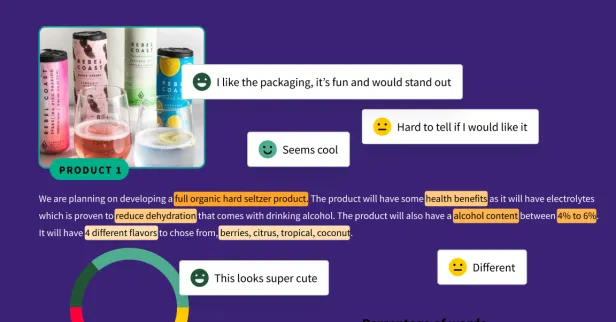A cookie-less future is coming. And before you panic, no- not that kind of cookie.
Internet cookies have been used for decades to monitor consumers' online behavior. This data has historically helped brands better understand who their customers are, allowing them to personalize ads, messaging, and offers.
But however beneficial cookies may be for companies, they are not as beloved by consumers and regulators. And as more and more data privacy measures are enacted (see: GDPR, CCPA, VCDPA), it should come as no surprise that third-party cookies may soon be meeting their end.
What Are Cookies?
A cookie can go by many names, like HTTP cookie, browser cookie, web cookie, etc. Put simply, cookies are used to track web activity. Nearly every time you visit a website, the server gives you a cookie, which acts as your ID card. Every time you return to that website, your browser sends that cookie back to the server to identify you. This provides data on your browsing behavior.
Third-Party vs. First-Party vs. Zero-Party Data
Have you ever gotten the feeling that you’re being followed around the internet?
Yesterday you checked out a few backpacks online. Now, every website you visit is filled with ads for backpacks.
You can thank third-party cookies for this.
Third-party cookies are created and stored by domains other than the ones you directly visit. They are used to track your internet behavior and build a profile of your interests and preferences, usually for optimized advertising.
It should be easy to see why these have become so popular with marketers. However, the longevity of third-party cookies is questionable at best. Just earlier this year, the top privacy regulator in the European Union recommended a complete BAN on ad targeting. What's more, Google announced plans to block third-party cookies from its popular Chrome browser by 2023. A move that Firefox and Safari made years ago.
First-party cookies are less controversial. They are created and stored by the domains you visit directly. First-party cookies serve as a simple way for website owners to collect browsing data, remember language preferences, and enhance overall user experience.
Zero-party data works in an entirely different way. Because as it turns out, consumers do enjoy personalized recommendations, ads, and offers- just not at the cost of their privacy.
Zero-party data is information that consumers intentionally share with brands. This information can be shared in a variety of ways, from survey data to interactive social media polls. Zero-party data is truly a win-win. Consumers control what they share and brands get targeted insights.
Leveraging Zero-Party Data
Zero-party data is all about connecting directly with consumers. Instead of tracking them and making a series of assumptions, just try asking.
Surveys, interactive quizzes, and even short social polls can all help brands tap into audience feedback, without being intrusive. Some methods can provide more targeted insights, but questionnaires are a great way to get opt-in user data on nearly any subject, no matter the scope.
Whether you're looking to answer brand, product, or marketing questions, targeted surveys with well-written questions allow you to put zero-party data to immediate use. They are one of the most straightforward ways you can get data on your current and prospective customers. And while third- and first-party cookie data is full of implied interest, zero-party data is rich with explicit preferences.
Understanding your audiences' motivations, interests, and preferences lets you optimize and personalize your customers' experience.
